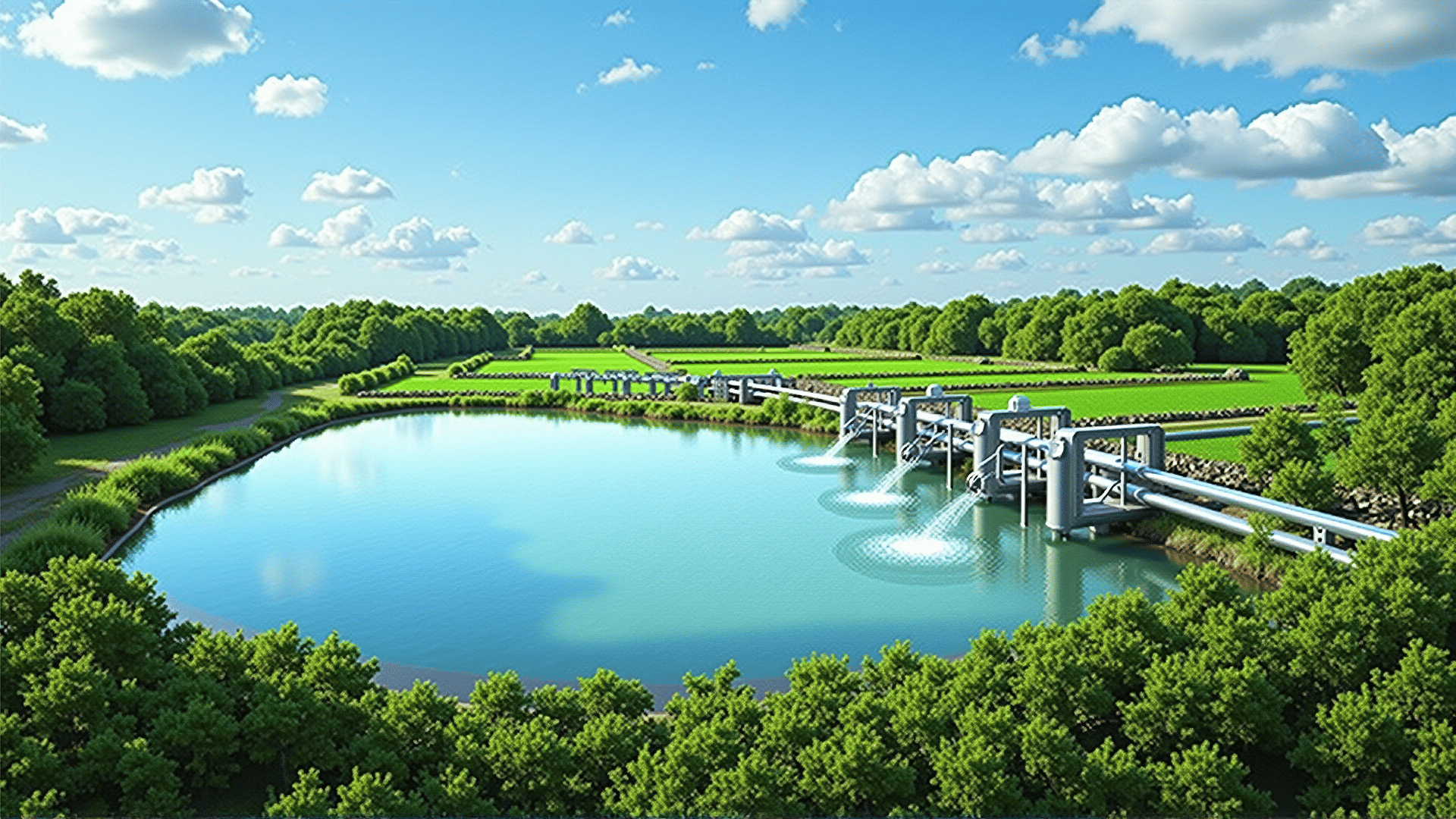Water conservation has become a critical global imperative as populations swell and climate change exacerbates drought conditions and impacts water availability. The efficient management of this essential resource is not just a necessity for sustaining life but also for maintaining the ecosystems and economies dependent on it. Innovative techniques are pivotal in ensuring that water usage is optimized and wastage curtailed.
One of the most promising techniques in water conservation is the development of smart irrigation systems. Traditional irrigation methods often result in significant water wastage due to evaporation and runoff. In contrast, smart systems utilize sensors and data analytics to monitor soil moisture and weather conditions, ensuring that plants receive the precise amount of water they need. This reduces wastage and can enhance crop yields, making it an invaluable tool for farmers.
Another groundbreaking approach is the use of rainwater harvesting systems. These systems collect and store rainwater from rooftops and other surfaces, which can then be used for various purposes, such as irrigation, flushing toilets, or even as potable water if adequately treated. This technique is particularly beneficial in urban areas, where over-demand on municipal water supplies is common.
Desalination technology has also made great strides in recent years, offering a solution for water-scarce regions with access to the sea. Advances in reverse osmosis and other filtration technologies have significantly reduced the energy cost and environmental impact of desalination, making it a more viable option for cities looking to diversify their water supply sources.
Furthermore, the reuse of wastewater through treatment and recycling is gaining traction as a sustainable water management strategy. Innovative treatment processes can now efficiently purify wastewater to a standard where it can be reused for various applications, including irrigation, industrial processes, or even for replenishing groundwater aquifers. This practice not only conserves fresh water but also minimizes the amount of polluted water released into the environment.
In addition to technological solutions, behavioral changes in water use can also have a profound impact. Public education and awareness campaigns that encourage simple actions like fixing leaks, reducing shower times, and using water-efficient appliances are crucial. Implementing policies that incentivize such conservation behaviors through rebates or tiered pricing structures can further drive sustainable water use practices.
Lastly, protecting and restoring natural landscapes like wetlands can play a significant role in water conservation. Wetlands function as natural sponges, absorbing excess rainwater and slowly releasing it during drier periods. They also filter pollutants, improve water quality, and provide habitat for wildlife. Ensuring their preservation and restoration can enhance a region’s resilience to drought and flooding.
Overall, the diverse array of techniques in water conservation and management highlights the need for an integrated approach that combines innovation with traditional practices. By leveraging the potential of technology, fostering sustainable behaviors, and valuing natural ecosystems, societies can better secure their water futures in the face of mounting challenges. Through commitment and collaboration, efficient water management can ensure that this vital resource is protected for generations to come.
